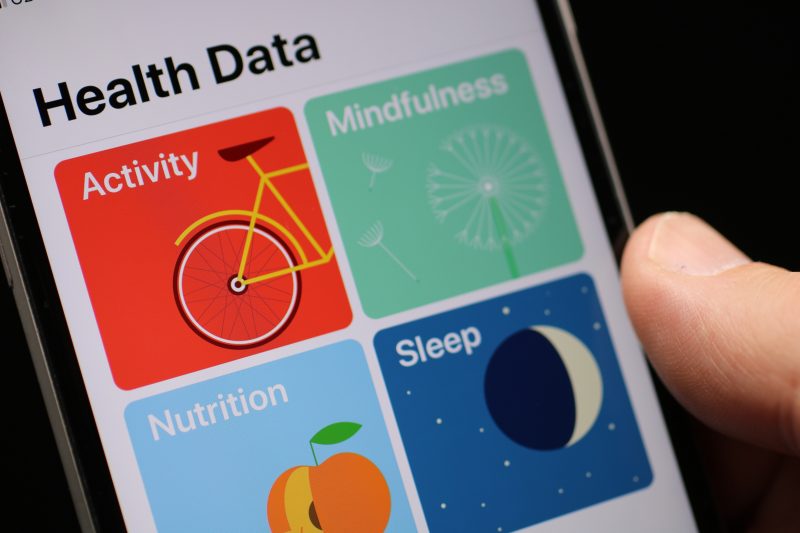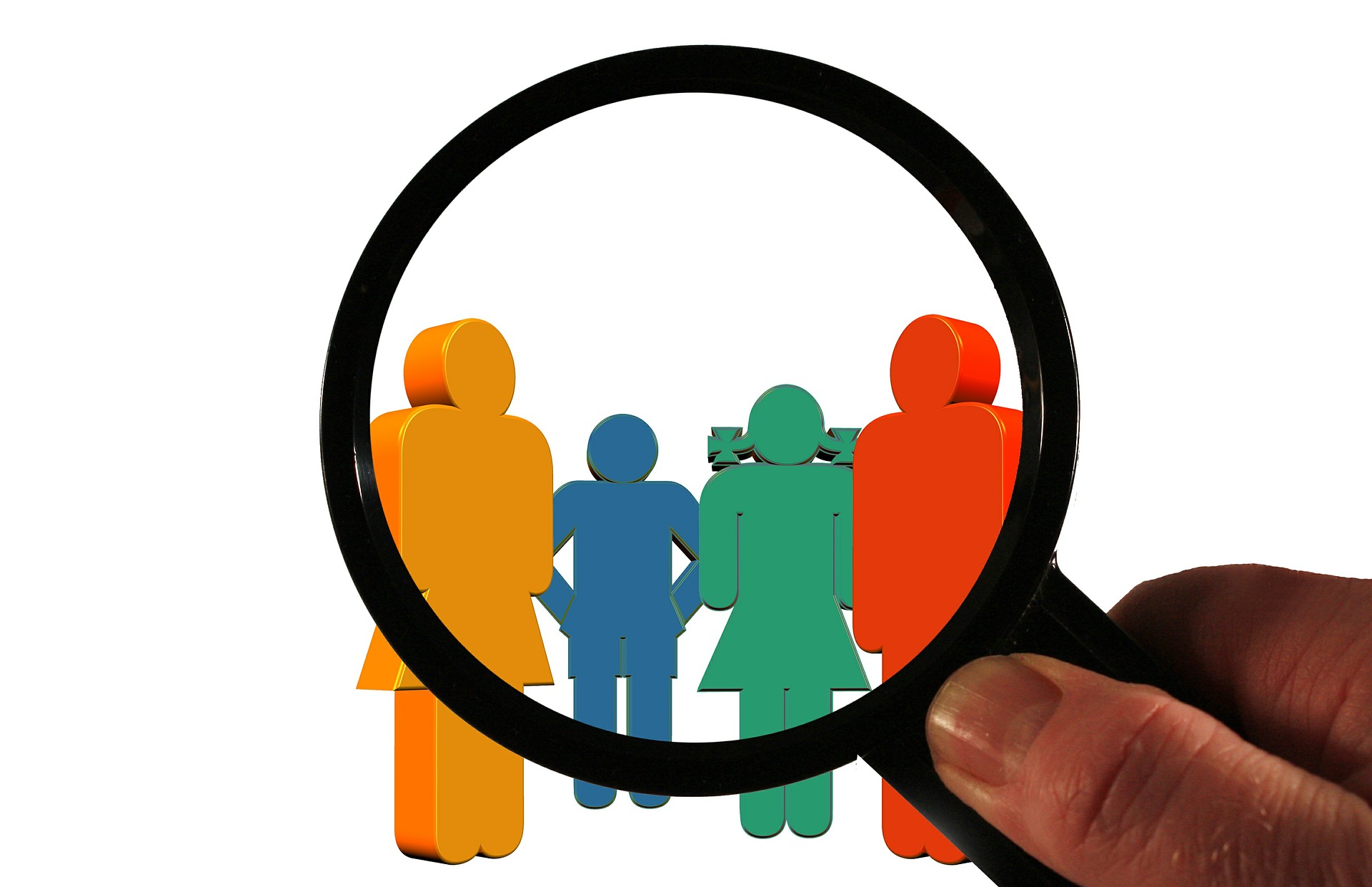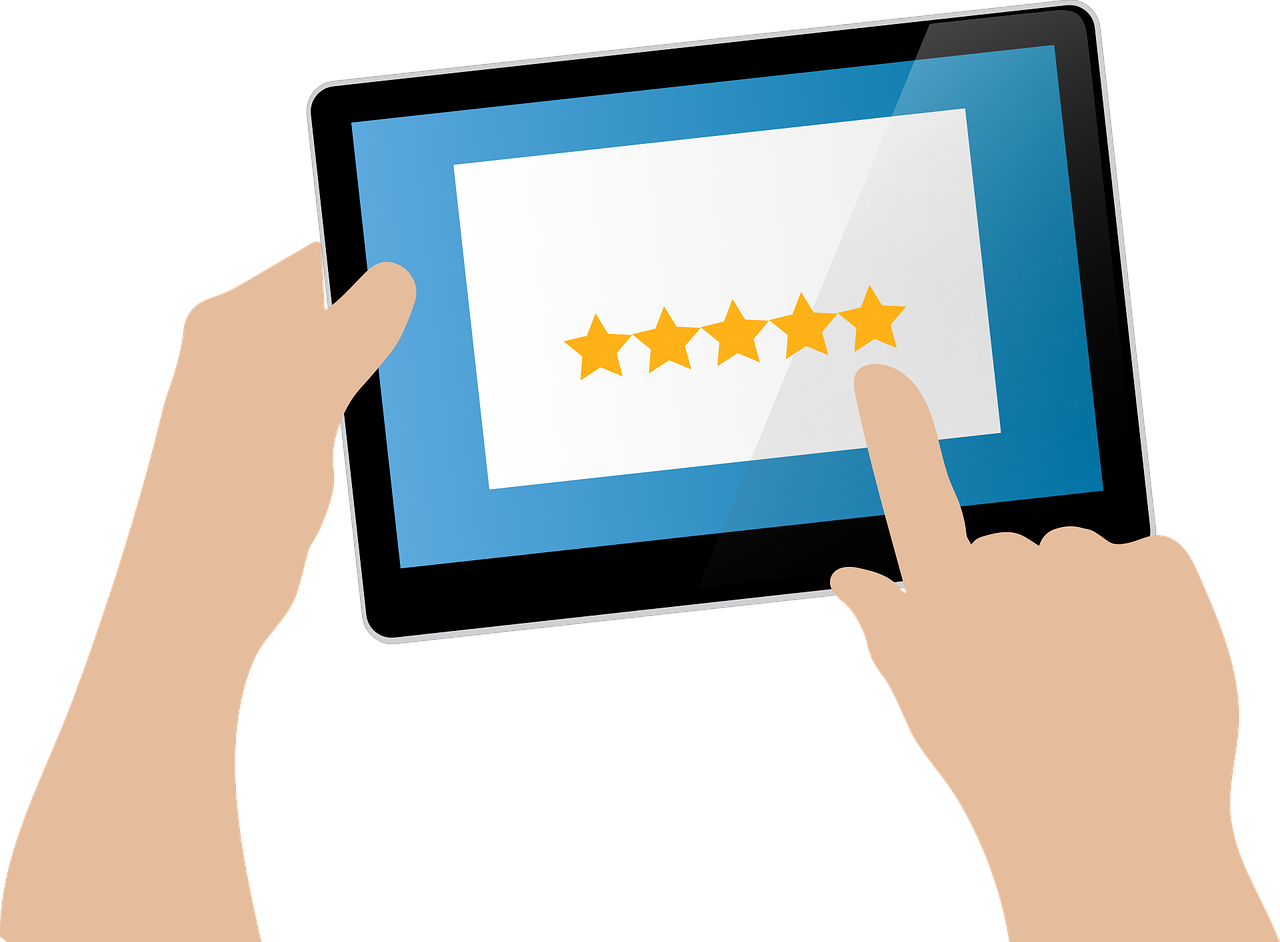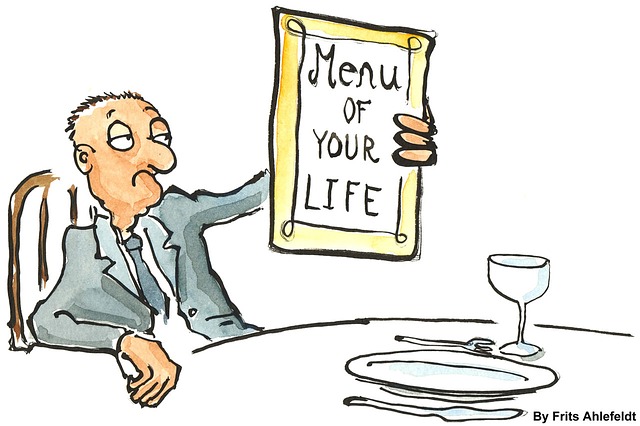
In App we trust
Last decade has been marked by the explosion of mobile health applications (mHealth apps) developed and released into the market. By 2017, there have been more than 325.000 mHealth apps available in the several main application markets (1). How many of these that you use? Are you sure that you can put your trust in the apps? How to do an appraisal and choose which apps to use? I might have the tips that I just recently learned from the Computer Applications in Healthcare course.
This was learned during the customer health informatics section in the last course of the first semester of Health Informatics Programme. It brought the first year students into the more contextual and applicable knowledge in the health informatics world. Now, I can actually apply the knowledge to myself, my family members, colleagues, or even my patients and clients. As most of us are smartphone user nowadays, we might be relying on several mHealth apps, starting from the simple step counter or activity tracker to the more scientific related app, medical references app for instance. Previously, I just downloaded any apps according to my necessity and where the app stands in the first page of search results. I shared the general belief in the society, if it is available on the internet, or rather, in the mobile apps store, than it should be trustworthy, isn’t it? However, the course opened up my eyes to see that there was yet any standardized mechanism to screen the huge stream of mHealth apps released into the market. So, it might be wiser to be a little bit picky when it comes to using some mHealth apps.
To choose on which apps to use, I would have done some appraisal beforehand. Here are some simplified tips to I had tried to apply for choosing a trustable mHealth app, adapted from the detailed versions proposed by Bonacina et al, 2014 (2):
1. Where does the app come from?
This information is easily found when one opens the app description within the mobile applications store. I usually look for the description of what is the company promoting or developing the app, in case it is carried out by different companies. By those, I can trace the company profiles and how their track records in the healthcare field.

It’s necessary to investigate where a mHealth app comes from. Pcture credit to: kreatikar / www.pixabay.com
2. Who is it intended for?
After knowing on the origin of an app, it’s good also to know for whom it is intended for. Every targeted user has its own expectation. Thus, the depth of information provided and the choice of language and terms used are largely influenced by the group of user targeted by the app developer.

Look for the app that is intended for you. Picture credit to: geralt / www.pixabay.com
An app targeted for the general user would mostly use general terms that are easily understood by most users while an app intended for the healthcare professional would usually contains terms that are already common within the professional field of work. As one with a medical background, I don’t really find a problem for this, but I would consider this when I want to recommend a certain app for my family member or patient.
3. How is the market acceptance?

Sometimes, it’s better to go with the majority. Picture credit to: mcmurryjulie / www.pixabay.com
In this part, I usually check on the number of downloads and the user rating, usually available already around the app’s name display. It won’t do any harm to also look into the overall user’s review as well as the individual recent reviews for at least the last month or some time period after the last update date, just to build some assurance that this app is currently still operating. Also by reading through the developer’s replies to user’s reviews, at least I can somewhat get an image of how responsive the developer is. The app market usually provides a feature to sort the apps by highest rating score or by the highest number of downloads, which is very useful for us when I face vastly numbers of apps within the same category. For this, I just go with the crowd.
4. What is its purpose?
For this step, sometimes I choose to actually download the app first. Because it is related to what are the menu provided by the app. Is it some guideline, source of reference, calculator, simulator, or else? The app market usually provides a brief description of the app, however, sometimes it is better to experience it firsthand. That way, I can explore the features contained in the app and decide if this is the right app for me.

Pick the one that you really want (and need). Picture credit to: PublicDomainPictures / www.pixabay.com
By applying these principles, I have more faith in certain mHealth apps that I use daily and also the ones that I would like to recommend others to use. So, are you ready to put your trust into the mobile health application?
References:
- Research2Guidance. mHealth app economics 2017/2018: current status and future trends in mobile health [Internet]. Germany: Research2Guidance; 2017 [cited 2019 Jan 21]. Available from: https://research2guidance.com/product/mhealth-economics-2017-current-status-and-future-trends-in-mobile-health/
- 2. Bonacina S., Marceglia S., Pinciroli F. A pictorial schema for a comprehensive user-oriented identification of medical apps. Methods Inf Med. 2014; 53(3): 208-224.
For more information, feel free to contact me at:

0 comments